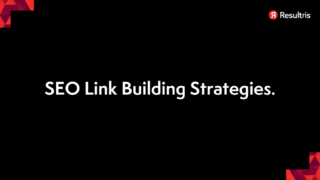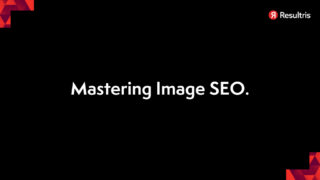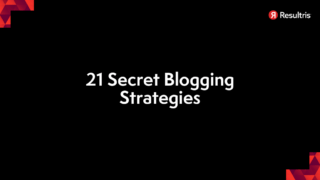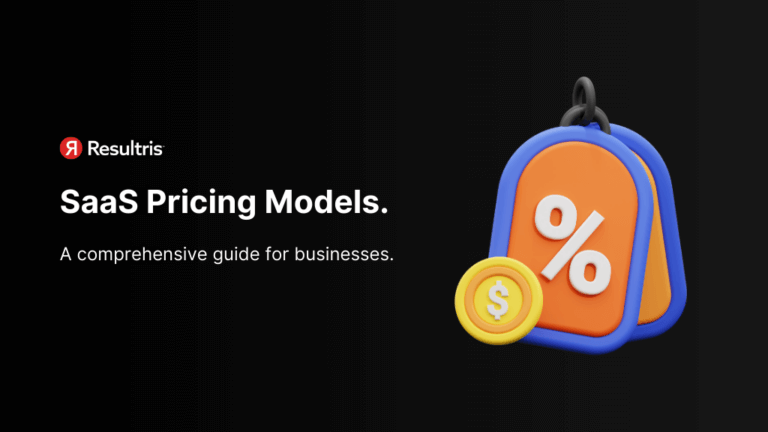
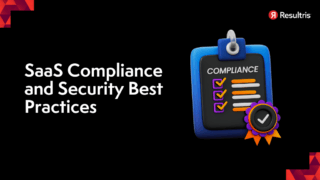
Written by: Tim Eisenhauer
Last updated:

Diving right into the world of Software as a Service (SaaS), it’s easy to get swept away by the jargon. One such topic that often leaves people scratching their heads is SaaS pricing models. It’s not just about setting a price and hoping for the best; there’s an art to it, a science even, that we’re about to unlock.
As your trusted SaaS marketing consultant, we’ve got years of experience under our belt. We’ve watched trends come and go, seen what works and what doesn’t in real time. This has given us a unique perspective on how different SaaS pricing models can impact your bottom line.
Understanding SaaS pricing models isn’t merely academic; it directly affects your revenue growth and customer retention rates. Your choice of model could be the difference between thriving in this fiercely competitive market or falling by the wayside. So let’s dive in together and explore these intricacies with our handy guide from our expert team at our renowned B2B SaaS marketing agency.
Let’s take a deep dive into the world of SaaS pricing models. As a leading SaaS marketing agency, we’ve got our finger on the pulse of this ever-evolving landscape.
The per user pricing model is pretty straightforward—it’s all in the name. With this approach, you’re charged for each individual who uses the product. It’s a popular choice among many businesses, especially those with smaller teams or companies that have distinct roles within their workforce.
Now, let’s get down to some specifics:
Despite these numbers potentially stacking up for larger organizations, it’s worth mentioning that most vendors offer volume discounts when you reach certain thresholds.
Next up on our list is tiered pricing—a model that offers flexibility and plenty of options for customers. How does it work? Well, services are broken down into different ‘tiers’, each offering varying levels of features at different price points.
As an example:
| Tier | Features | Price |
|---|---|---|
| Basic | Limited feature set | $20/month |
| Pro | More advanced features | $50/month |
| Enterprise | All features + premium support | Custom Quote |
This versatility allows businesses to tailor their experience by selecting the package that best suits their needs and budget.
Our experience as a SaaS marketing consultant has shown us just how effective this can be—it caters to everyone from startups looking to dip their toes in without breaking the bank right through to larger corporations needing full access and maximum support.
Lastly, we have usage-based pricing. This model ties the cost directly to how much a customer uses a service. It’s kind of like paying for your electricity or data—use more, pay more.
One might argue this is the fairest model, as you’re only charged for what you use. However, it can also lead to unpredictable costs if usage spikes unexpectedly.
To illustrate:
Usage-based models are becoming increasingly popular in today’s market. They offer transparency and control while aligning value with cost—an appealing proposition for many businesses out there.
So there you have it! An insight into SaaS pricing models from us—a leading SaaS marketing agency—with real-world examples and practical applications. Remember, every business is unique and what works best will depend on your specific needs and circumstances.
In the realm of software as a service (SaaS), setting the right pricing model isn’t just about covering costs and turning a profit. It’s about understanding your customers, delivering value, and staying competitive in an ever-evolving market. Let’s delve into these factors.
Customer segmentation lays at the heart of any successful pricing strategy. As a reputable SaaS marketing consultant, we’ve seen how critical it is to understand who your customers are and what they’re willing to pay for your service.
Consider customer feedback, surveys, or data analysis from your SaaS marketing agency to better understand customer segments.
How do you measure the value that your software delivers? This question forms the backbone of value metrics – another crucial factor in choosing a SaaS pricing model.
Some common SaaS value metrics include:
Selecting relevant value metrics helps align your price with perceived customer benefits – this keeps us competitive without compromising profitability.
Finally, assessing the competitive landscape remains key. We’re not suggesting mimicking competitors’ rates but rather understanding where you stand within market norms.
While working closely with various businesses, our team has noticed that lower-than-average prices can suggest inferior quality while higher-than-average may alienate potential customers unless justified by superior features or services.
It’s vital to keep tabs on competitor updates too – pricing changes could reflect industry shifts that may influence your model.
Choosing the right SaaS pricing model is a complex yet essential task. It’s crucial to understand and continuously revisit these three factors – customer segment, value metrics, and competitive landscape. A well-considered strategy can significantly boost your SaaS business growth, ensuring long-term success in the highly competitive SaaS market.
When it comes to crafting effective SaaS pricing models, we’ve got some proven best practices to share. Let’s dive into the details and get your business on the path to success.
We can’t stress enough how important experimentation is in defining a profitable pricing strategy. As a trusted SaaS marketing consultant, we’ve seen firsthand that one-size-fits-all rarely works in this industry. Don’t be afraid to A/B test different price points or packaging options. Look at metrics like conversion rates, churn rates, and customer lifetime value (CLV) under each model you test.
By running these experiments, you’ll gather valuable data about what customers are willing to pay for your product and which features they value most.
We all know customer feedback is invaluable when refining products or services. But have you considered its role in shaping your SaaS pricing model? We recommend using customer surveys and interviews as tools for understanding their perceived value of your service.
Don’t merely guess what customers will pay; ask them directly! Use these insights to set fair prices that reflect the real-world value of your offerings. Remember, happy customers are more likely to stick around – leading ultimately to higher CLV and revenue growth.
Lastly, keep in mind that successful SaaS businesses don’t just “set it and forget it” when it comes to pricing. Regular assessment of market trends, competition analysis and cost-to-serve studies should be part of your routine operations. By doing so with our guidance as an experienced SaaS marketing agency partner, we can help ensure you’re always offering competitive prices while maintaining healthy profit margins.
It’s also worth keeping an eye on the bigger economic picture. For example, inflation or changes in exchange rates can impact your international customers’ willingness to pay.
In summary, implementing effective SaaS pricing models requires careful experimentation, active listening to customer feedback and regular evaluation of market conditions. With these best practices in mind, we’re confident you’ll be able to build a pricing strategy that drives growth for your SaaS business.
We’ve taken a deep dive into the world of SaaS pricing models, and we hope our insights have provided valuable perspective. It’s clear that each model comes with its own set of advantages and challenges.
As a trusted SaaS marketing agency, we’re familiar with these dynamics. We understand the impact pricing can have on your bottom line. Whether it’s a freemium model enticing new users, or tiered pricing providing an array of options for different client needs – the choice you make can significantly influence your business growth.
Let’s take a quick recap:
Choosing the right SaaS pricing model isn’t just about picking one out of a hat – it requires careful consideration of your target market, product value, and long-term business objectives.
A key takeaway from our discussion? There’s no one-size-fits-all solution when it comes to SaaS pricing models. As experienced SaaS marketing consultants, we believe in aligning strategy with specific business needs. The best option will depend greatly on what you offer as well as who you’re catering to.
In essence, understanding various SaaS pricing models is crucial for deciding which approach suits your offering best. Experimenting with different strategies will help you hone in on what works for your brand – driving both user acquisition and retention.
Remember: Your success lies not only in developing an outstanding product but also in crafting an effective monetization strategy. And that starts by choosing the right SaaS pricing model.


